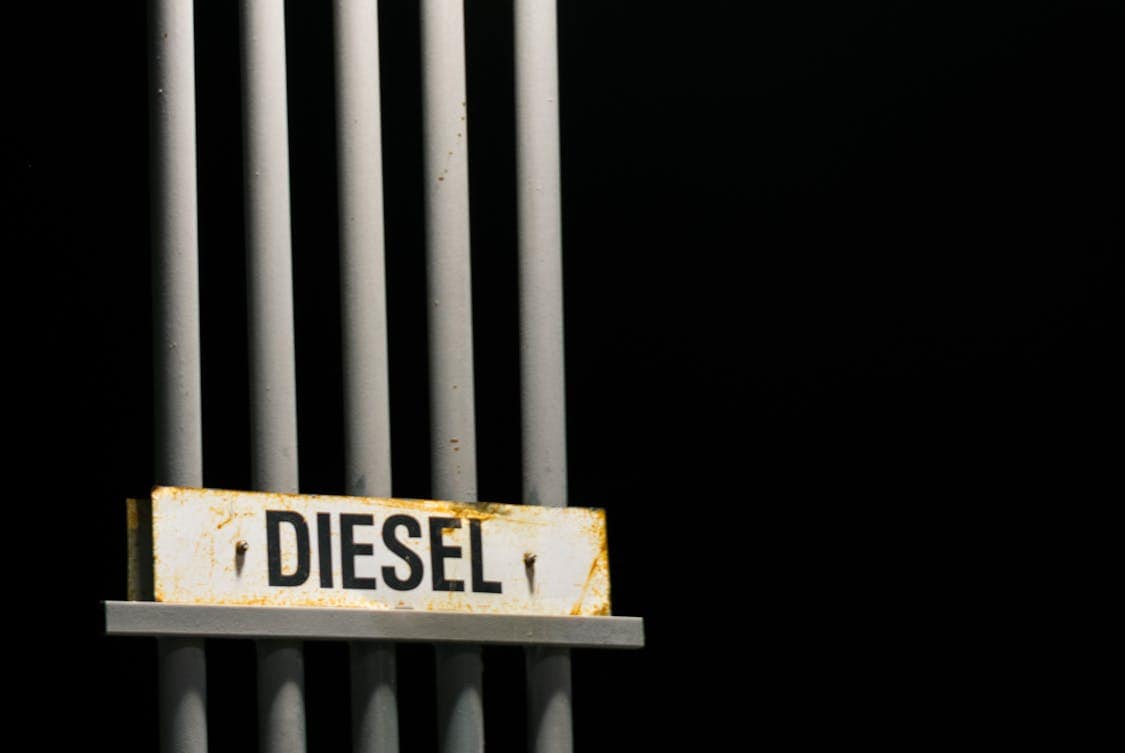Hydraulic fracturing rigs now sport pumps that take up less real estate while still moving huge volumes of fluid. A blend of mechanical refinement, smarter electronics and material science has driven machines to get smaller but work harder.
Operators chase faster moves and lower hauling bills which makes compact gear attractive on many plays. The following sections break down the technical and practical forces that pushed pump makers toward tighter packaging and denser power layouts.
Advances In Hydraulic Design
Engineers have reworked cylinder geometry and valve timing to reduce wasted volume and boost volumetric efficiency which lowers the space once reserved for large pumping assemblies. Sophisticated flow path tuning cuts turbulence and pressure drop inside the pump so less bulky piping and manifolds are needed on the skid.
Improved seals and finishing processes reduce leakage and wear which removes one historical reason for larger housings and redundant components. In practice the pump body and valvetrain now occupy a fraction of the room they required a decade ago while matching or exceeding prior output.
Higher Power Density Materials
New grades of steel and engineered alloys permit thinner wall sections without sacrificing strength which trims mass and envelope for frames and pressure vessels. Composite elements and ceramic treated surfaces appear in selected wear parts to lower weight and extend service life so tanks and support structures can shrink.
Heat resistant coatings and precise heat treating allow parts to run hotter and more efficiently which means the same power can be packed into a smaller package. The upshot is a higher specific power ratio that keeps pumps compact while handling demanding high pressure pumping tasks.
Modern frac pumps often leverage these advanced materials to achieve superior durability and performance under extreme conditions.
Electronic Controls And Automation
Variable frequency drives and closed loop control have replaced much of the analog throttling hardware that once ate up space on skid decks. Digital control units manage stroke rate, pressure and sequencing so auxiliary hydraulic circuits can be smaller and fewer in number.
Sensors and predictive control algorithms tune pump behavior in real time which lessens the need for oversized safety margins in mechanical design. Systems integration moves intelligence into compact control cabinets and networked modules so the physical footprint of the pumping system contracts appreciably.
Modular And Stackable Architectures
Manufacturers now think in terms of modules that can be stacked or bolted together rather than one huge welded frame sitting on a trailer. Standardized pump modules let operators add or remove capacity with off the shelf pieces which simplifies logistics and lowers the need for oversized multipurpose skids.
Vertical orientation and careful component placement let pumps, power units and filtration sit closer to the footprint line while still leaving access for routine maintenance. The modular mindset reduces redundant supports and leads to layouts that fit like a glove into tight pad spaces and transport envelopes.
Transport And Site Logistics

Road class rules and bridge limits drive a premium on compact, lighter equipment because a smaller unit often avoids special permits and extra escorts. Remote sites with tight access demand gear that can be offloaded and positioned with modest cranes and minimal site prep which favors compact pump packages.
Faster mobilization lowers non productive time and means crews can move more sections per day when unit size is reduced. For many operators the arithmetic of haul cost, setup crew hours and pad footprint favors a pump that packs power in less space.
Environmental And Regulatory Drivers
Emissions control and noise reduction add components that once inflated skid size but new designs tuck these systems into tighter assemblies with better integration. Lowering fugitive emissions often means adding monitoring and containment yet smarter routing and compact scrubbers make room for these extras without bloating the layout.
Local permit regimes sometimes limit surface disturbance so a smaller assembly that fits inside a predefined pad area helps keep projects in regulatory compliance. The net effect is a design push toward compactness that accommodates environmental mitigation while preserving performance.
Operational Efficiency And Cost Pressures
Operators run fleets and track life cycle cost in granular detail so any reduction in fuel burn, wear parts consumption or maintenance visits cuts operating expense. Smaller pumps often come with lower parasitic loads and more focused cooling which trims fuel use and the size of fuel and oil storage needed on site.
Service crews appreciate accessible components and shorter plumbing runs which speeds repairs and returns units to service faster. Over months and years those savings add up which drives procurement toward compact, easy to service pump models.
Manufacturing Techniques And Precision Engineering
Modern CNC machining and tighter quality control reduce variation so parts interlock more predictably and tolerances can be narrower which shrinks the envelopes required for assembly and movement. Additive manufacturing finds a role in producing complex manifolds and supports that combine functions into single pieces which cuts joints and saves room.
Precision surface finishing and better metrology yield predictable wear patterns so designers can pare back excess margin once required for uncertainty. The combination of these methods yields pump systems that are both smaller on the outside and smarter on the inside without sacrificing durability.




